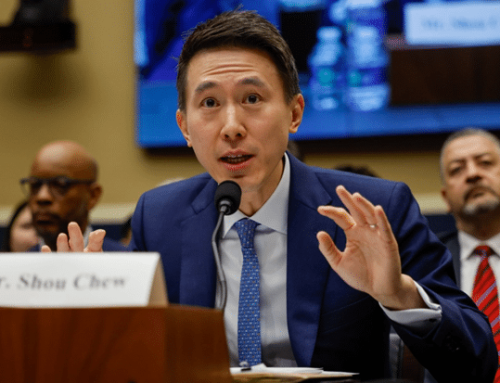By Anna Meany
It seems obvious by the name, but how many Kentuckians are aware that mountaintop removal is an issue? At the University of Louisville, we are a mere hundred miles from various mountaintop removal sites. And no one seems to care.
Mountaintop removal first requires the complete destruction of whatever wildlife lives in the prospective area. Despite federal requirements, hardly any resources are saved or disposed of properly. Explosives are then blasted to remove almost 500 feet of rock, in order to expose coal seams. Then, huge machines take to mining the coal. Coal companies are legally required to restore the areas that they have mined. However, restoration never provides the biodiversity that previously existed. Typically, the efforts are limited to planting non-native grass species and tree seedlings, which have trouble growing in the compacted topsoil.
The Surface Mining Control and Reclamation Act of 1977 supposedly regulates coal mining. The government issues permits, sets reclamation requirements and maintains inspection of mining sites, none of which seems to stop the destruction. Did you know that, with a permit, companies are allowed to dump toxins into streams? How appalling. This kind of pollution places tons of debris into waterways, destroying major sources of water for many towns. Of course, many organizations still dispose in rivers and streams illegally. Wealthy executives are able to avoid fines and legal trouble by claiming that, without energy from coal, America could not exist.
What doesn’t shock me is that our country has demanded cheap power and inadvertently supported mountaintop removal. Issues like human and environmental health are put aside to make way for cheap, abundant electricity.
It’s estimated that this will devastate over 1.4 million acres of United States wildlife in 2010. First, the ecosystems of our mountains are affected. The area is not only the blasting and mining site, but also suffers from a lack of biodiversity and the pollution of the miners. Then the miners dump tons of rock and topsoil into nearby water sources. Surprisingly, an increase in minerals in our water is harmful. An unnatural surplus of minerals creates an environment in which few species can exist. Humans are also affected by mountaintop removal. Studies have shown that the release of sulfur dioxide, occurring from the blast, is harmful to the long-term lung function of humans and animals.
Economically, mountaintop removal decreases the amount of jobs in the mining industry. Instead of paying hundreds of workers to mine underground, coal companies pay a few to operate large machinery and explosives. Environmentalists claim the 60 percent loss in jobs shows an extreme lack of economic diversification in coal mining areas. Although the public pays less every month for energy, more tax money is going toward the rebuilding of forests damaged by coal trucks and the restoration of waterways polluted by sediments. In certain areas, homes have suffered from cracked foundations and mud slides as a result of the blasting. The government spends taxpayers’ money in those instances too.
As polluting as mountaintop removal is, how can we allow it to continue? Obviously, regulations aren’t effective in maintaining our environment and protecting coal companies from destroying it. Legislation must be passed to restrict mountaintop removal entirely.





